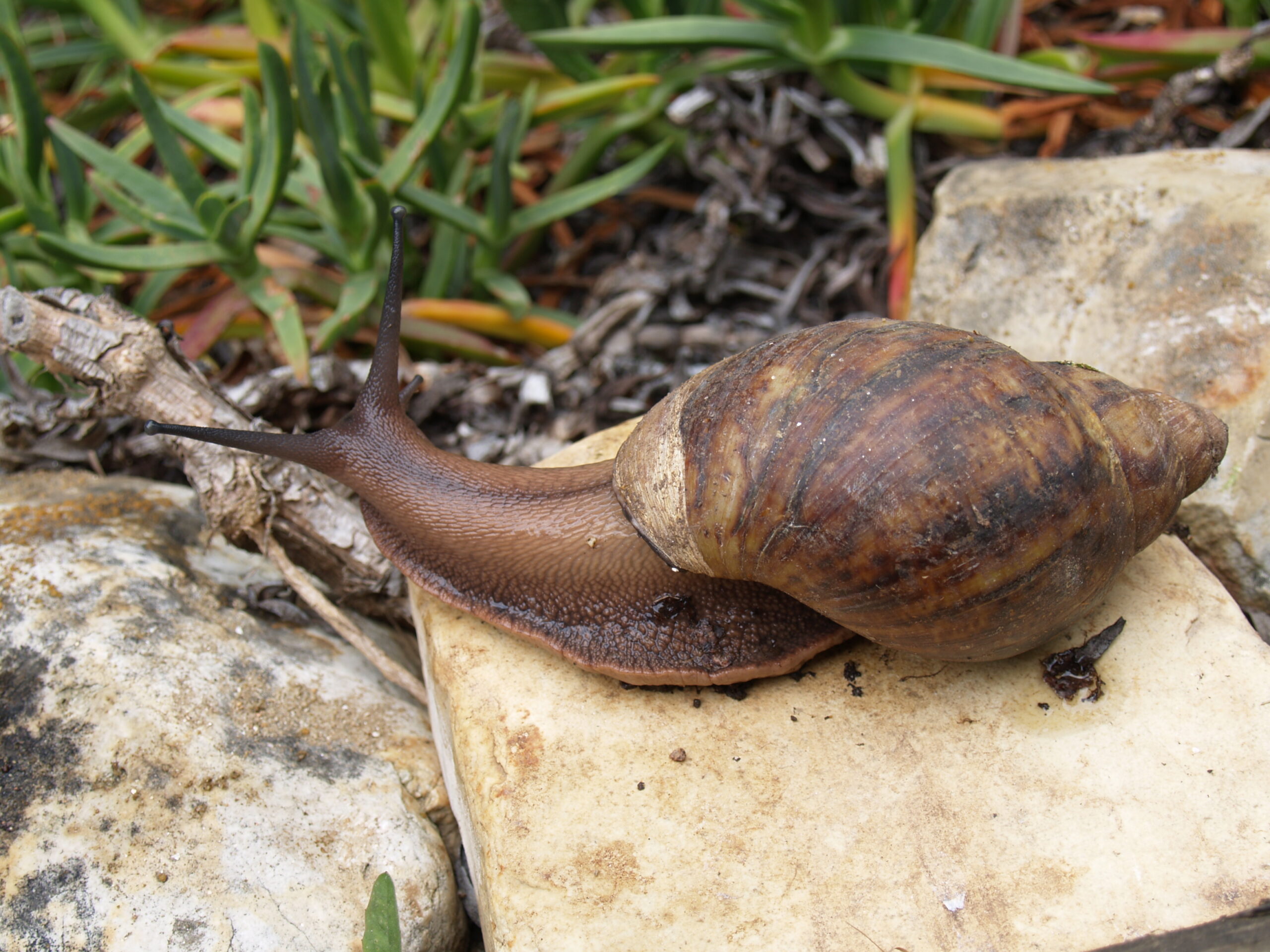Giant West African Snail
Archachatina marginata

Archachatina marginata
The Giant West African Snail is native to the African humid forests of Cameroon and the Central Republic of Congo.
Did you know that you can tell the age of a snail by the number of turns of its shell?
Quero Apadrinhar